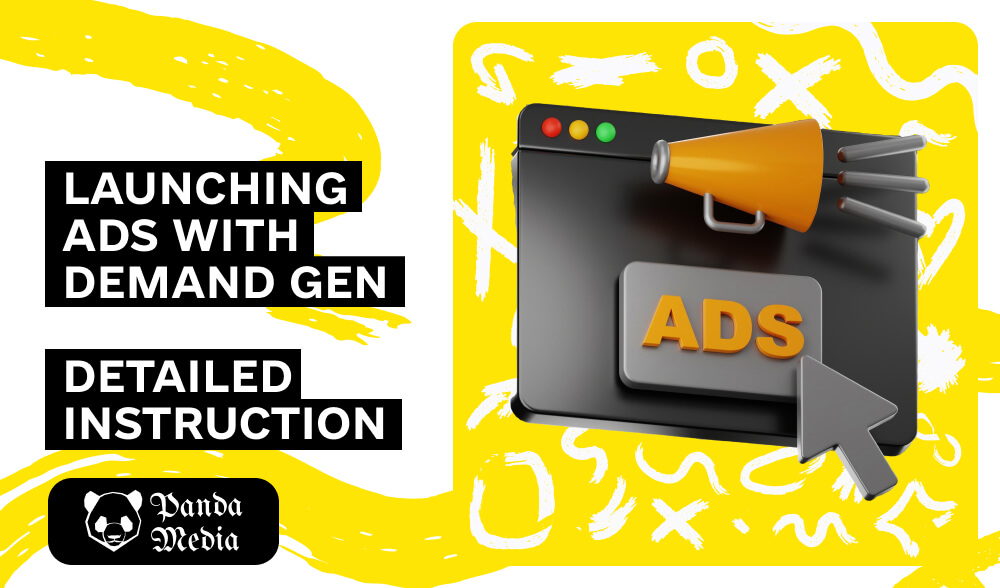Recently, Google decided to close the Discovery ad format, and it was replaced by Demand Gen, a new tool aimed at creating demand. In fact, it is an updated version of Discovery with additional features that made it even more convenient and effective for advertisers.
The advertising channels in Demand Gen are almost the same as in Discovery (YouTube, Gmail, Discover), but now the possibility of promotion in YouTube Shorts has been added. In this article, we will take a closer look at what exactly this format offers and how arbitrageurs and other advertisers can use it.
Demand Gen: what is this format?
Demand Gen is a cool advertising format, especially for those who don’t want to spend time and effort on semantics (as in the case of search advertising) or on excluding irrelevant platforms (as in the case of PPC). Instead, Demand Gen promotes products through banners and/or videos. This format gives advertisers a wide scope for experimentation and allows them to target ads based on such parameters as:
- User interests;
- Key queries;
- User interaction with apps;
- Visits to competitors’ websites, etc.
There is one important nuance: more than 90% of all traffic comes from mobile users. That is, even if you don’t limit yourself to the mobile audience, mobile users will still make up the lion’s share of traffic.
The main advantages of Demand Gen that favorably distinguish it from other advertising formats are as follows
- High volume and high quality traffic;
- Easy to set up;
- Extended opportunities for testing offers.
What verticals can be cast with Demand Gen?
At the time of writing, feedback on forums and in profile chats indicates that the most popular niches for Demand Gen are:
- Pharmaceuticals (guts)/gray goods;
- Financial services;
- Gambling and betting;
- Crypto;
- Data;
- Info products;
- New showcases.
In addition, Demand Gen is often used to direct traffic to Telegram channels created to attract schematic traffic.
With the right approach, this format can also work for other niches, such as white insurance offers or swipe stakes.
How to run ads with Demand Gen
We will tell you step by step how to set up and launch traffic through Google Ads using the Demand Gen format. Let’s consider the most important points that webmasters should keep in mind when setting up a campaign.
Setting up the LCD
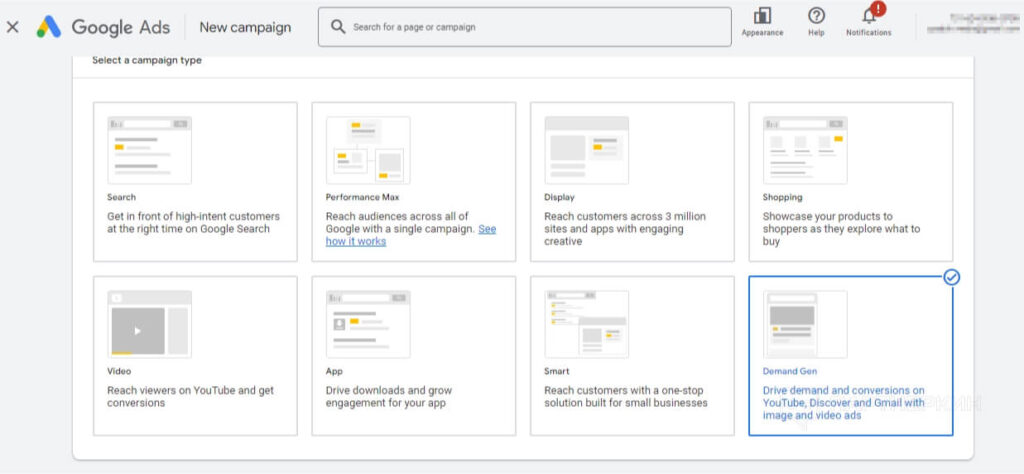
First, choose the type of Demand Gen campaign in your Google Ads account. After that, you should create a conversion goal if you haven’t already set it up before you start working with the campaign.
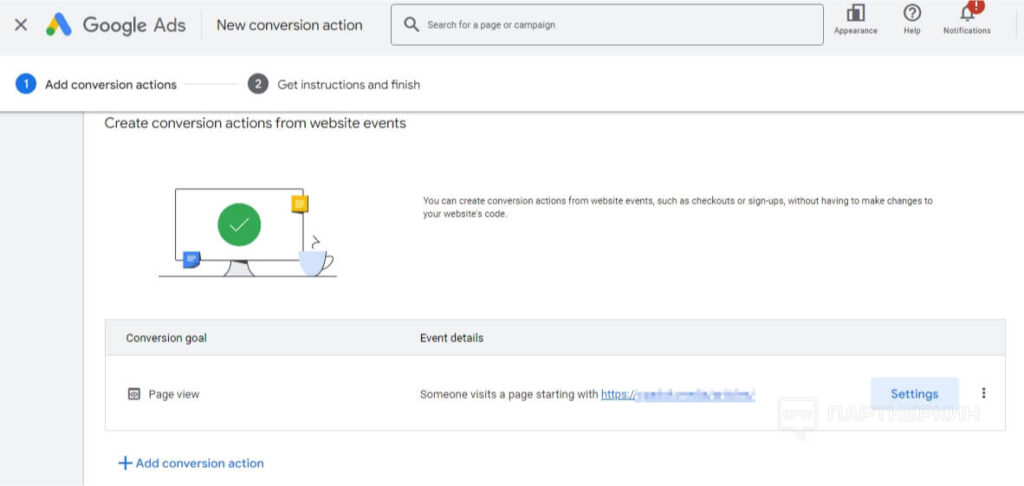
Selecting the LCD target
The next step is to choose the main goal of the campaign. If in doubt about which goal to choose, remember that the “For Conversion” mode often brings the best traffic with high conversion rates even without setting tags.
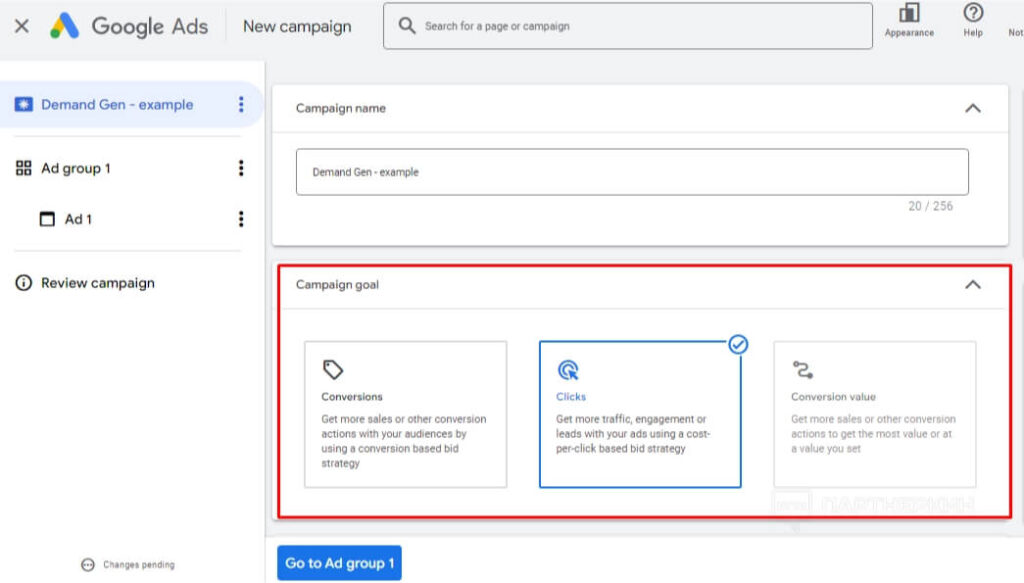
However, affiliates are usually not interested in simple page transitions, as they are interested in specific actions from the audience (for example, making a deposit). Therefore, in such cases, it is better to set the “Clicks” goal, especially if the audience is small, but you need to squeeze the maximum out of it.
Cost per conversion and daily budget
Experienced webmasters recommend manually setting the conversion rate. If you leave this field blank, the algorithm will automatically adjust the campaign to the maximum number of conversions, but this does not always mean profitable leads. On the contrary, the effect can be the opposite.
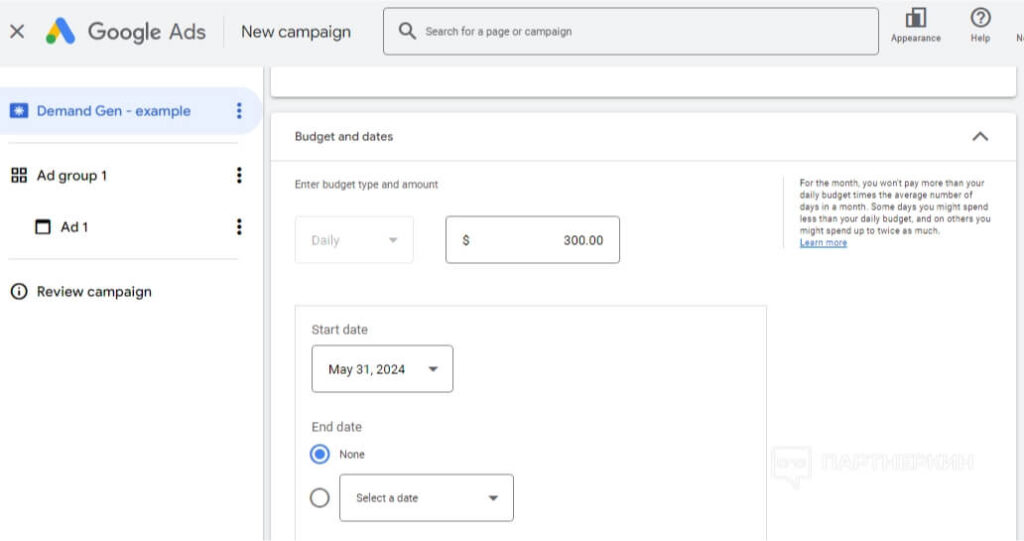
For optimal results, it is important for webmasters to determine the lowest bid at which ads will be shown and the budget will be spent efficiently.
The bid also directly depends on the geography with which the media banner works. If necessary, you can set a separate bid for each ad group.
When it comes to the budget, you shouldn’t take risks and set too high amounts at the test stage. There are two main reasons for this:
- Practice shows that Google almost always spends double the amount on the first day;
- Large budgets are usually not required for testing.
If you need to test an offer, it’s better to launch several accounts with small budgets. Or use several agency accounts with a high level of trust, because the results of test runs on self-regs can vary significantly with the same settings.
Target devices
Since Demand Gen is mobile-focused, it’s better to focus on the mobile audience and exclude other device categories.
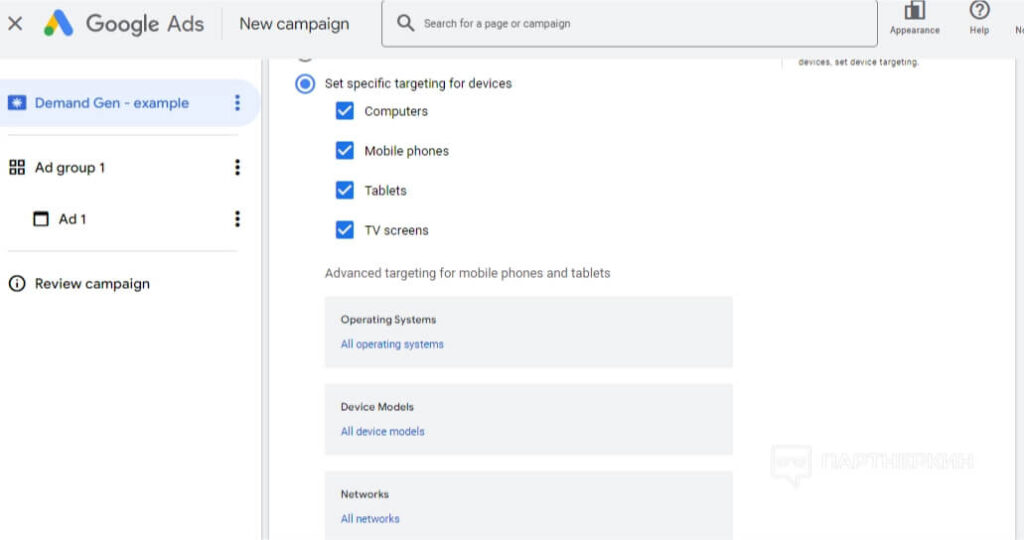
In some cases, depending on the specifics of the vertical and the requirements of the offer (for example, antiviruses for Windows PCs), you can also choose desktop devices.
Detailed settings allow webmasters to target ads to specific categories of users, taking into account their operating system, device type, and even mobile operator.
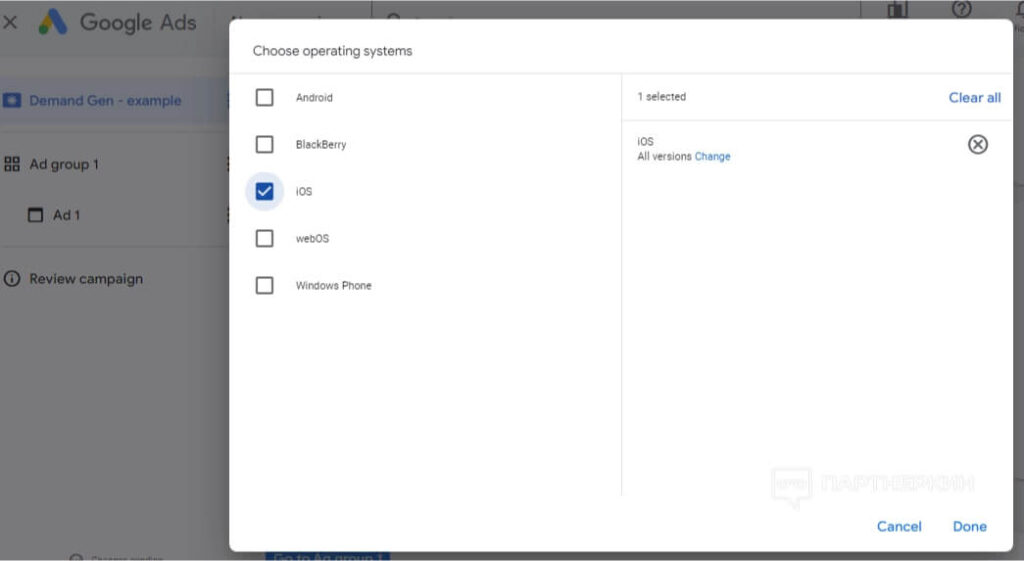
Creating ad groups
When creating ad groups, you need to select the geographic location where your ads will be displayed. In the advanced search window, you can add or exclude certain regions.

After that, we set the language used by the potential target audience. For example, if a webmaster is promoting an offer in Canada, it is better to specify both French and English.
Creating audiences
The next step in setting up an ad campaign in Demand Gen is to create the most relevant audience, according to the media buyer.
In the Custom Segments section, you can set up ads to be displayed to users who use specific search queries. Here you can enter keywords related to the interests of your target audience that complement these queries.

Important!It is not recommended to use low-frequency queries in this type of advertising, as it can negatively affect the reach and traffic.
In this tab, you can also specify competitors’ sites or apps or related resources where the target audience is likely to spend time.

In the Your Data tab, you can set up retargeting and create similar audiences by uploading a list of users or selecting those who have interacted with your content, for example, watched a YouTube video.
Setting up interests
In the Interests section, you can set up interests depending on the specifics of your offer and other important parameters. Google provides great opportunities for testing and experimentation.
At the initial stage of setting up demographics in advertising, you should disable unknown age and gender to avoid irrelevant traffic. If Google does not have this data, the probability of conversion will be low.
Experienced webmasters also advise to divide each segment of the potential target audience into a separate ad set. This will help to find conversion links with minimum bids faster. In addition, they recommend disabling optimized targeting during testing to get the most relevant data.
Creating ads
Demand Gen opens up the possibility to promote offers using three ad formats: images (up to 20 pieces), carousel, and video.
A webmaster just needs to choose the best format for a particular offer, taking into account the geo and location. But in reality, only tests can help to determine the best option.
Important! To add a video creative, you need to upload it to YouTube first.
After that, you just need to write down catchy titles, a short description, CTA, and a link to the landing page.
Conclusion
Demand Gen is a fairly simple, convenient, and effective way to set up Google Ads campaigns that offers a lot of targeting options to attract exactly the audience you need. However, even with such a “smart” format, it is important to clearly understand the needs and interests of your target audience in advance so as not to spend large sums at the start when there are no leads yet.


